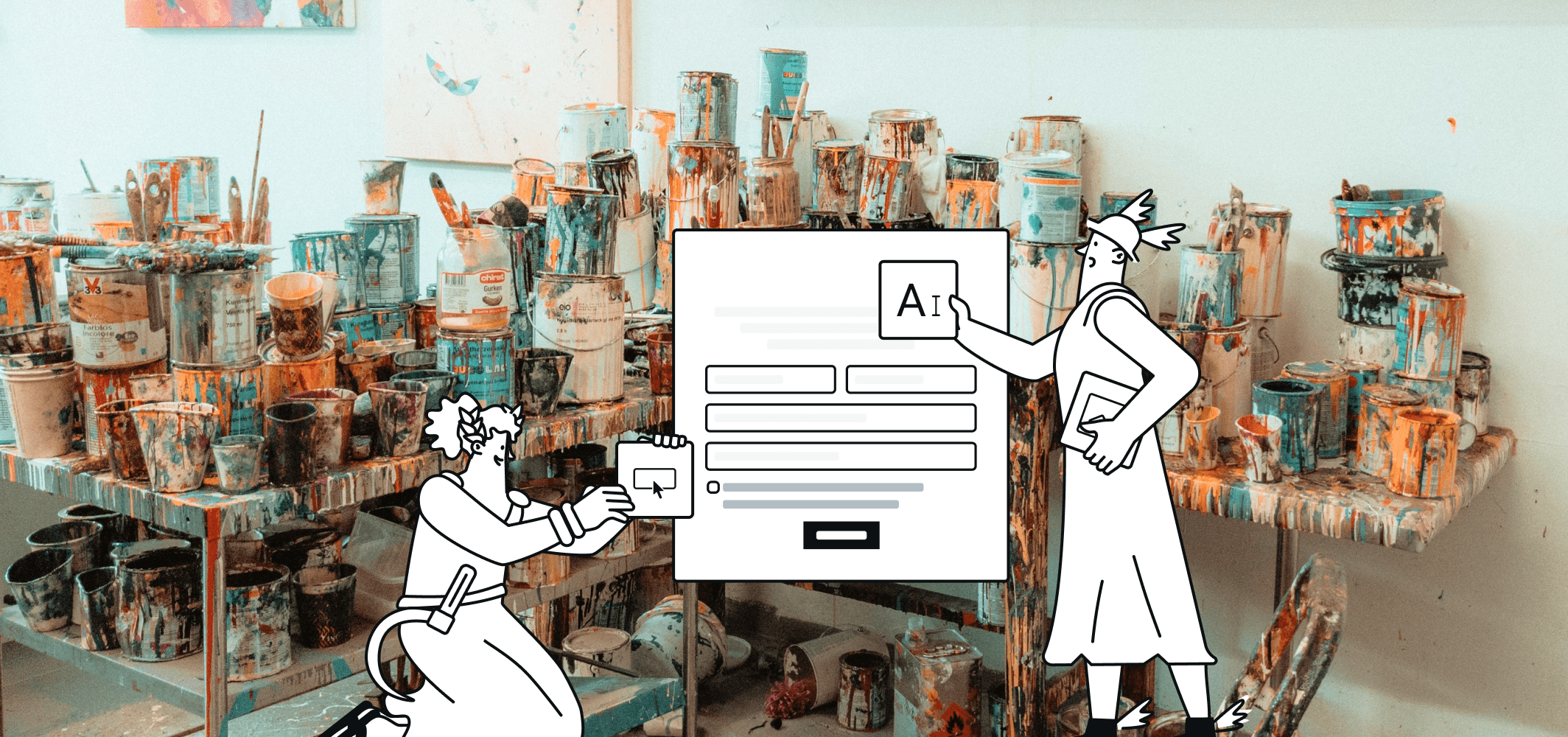Development
UpFront 2015: The anatomy of a great UX
Developer Evangelist Toby Sims recently attended UpFront Conference 2015, where he learned about best practices and latest developments in front-end design.

PUBLISHED ON
I would say it started as most days do, but I would be lying, as the train was early. 6 AM early. However, this was definitely for the best as it was taking me to Manchester for the first ever Upfront Conference, a gathering of developers and digital enthusiasts from North West England (and beyond!).
We had a lot to look forward to, the always entertaining Brad Frost opened proceedings with a talk on Atomic Design (a little more on that later). It was the start of a series of amazing talks, that varied from technical to conceptual, which left me with a lot of food for thought.
From The First Screen To The Third
First, ‘ubiquity’: You can’t just design for one screen anymore. With the rise of cell phones, tablets and smart watches, you have to bear in mind designs that will be adaptive to a range of screen sizes. Beyond responsiveness, also keep in mind consistent user experience across a range of devices.

To build this consistent user experience, Brad talks about an approach called Atomic Design, in which you split interaction into atoms, molecules, and organisms. It was a completely fresh perspective - I loved thinking about design in these tiny bit parts which are then built up into templates and finally a ‘page’. Although a consumer or user might only see the finished page, the modularity behind the principles means a lot of thought goes into how they all fit together. There’s a great blog post related to Brad’s talk here.
This also segued nicely into (a couple of talks later) into Anna Debenham’s talk on games console browsers. “One in eight internet users in the UK, US, and France—and nearly one in four American teens” uses a game console to get online. While today’s in-game browsing experience is still limited - the Xbox 360, for example, doesn’t have an official browser. It’s amazing to think that it’ll be possible to check the news, surf Reddit and even do some shopping without having to pick up another device. This is definitely one to watch to see how people adapt designs.
Getting down to the most ‘atomic’ part of design, Richard Rutter gave a fantastic talk on web typography. Good typography has been proven to induce a positive mood - a fantastic example of how the finer details can work to boost user experience
The Possibilities Are Endless
The second major theme was ‘limitless possibilities’. My mind was absolutely blown by talks from Soledad Penadés and Ben Foxall.
Soledad’s an epic ‘tinkerer’ with Mozilla / FirefoxOS and loves music, so there was talk of web audio, using phones as servers, IP addresses via NFC (because who likes typing IP addresses on a phone) all tied together in a live demo. Remember years ago when phones could interact with each other via Bluetooth, if only to send an MP3 over the course of 10 minutes? Soledad’s presentation took that social aspect and turned the ‘awe’ factor up a few notches.
As for Ben’s talk, I’d seen a version of it at jQueryUK, but this one was even better. In exploring just how many properties and events are available on our mobile devices, Ben had the audience whip out their phones. On the big screen was a visualization of the location of every device, waves of colour rolling across the auditorium on screens and even the sound of rooks following a pattern around the audience. Totally live and interactive, it shows just how the endless possibilities of connected devices.
Need For Speed
The third theme was performance in both the sense of speed and user experience. Dean Hume concentrated on faster mobile web performance, covering everything from network overheads to profiling. It all dovetailed nicely with Alicia Sedlock’s talk on testing your front-end code (hands up who’s felt slightly guilty at neglecting that in the past…).
Last but certainly not least, was a great take away thought from Yesenia Perez-Cruz about designing for performance. Yesenia shared how she as a designer, been guilty of working with clients and making decisions purely on design, without any mind for how the changes would affect performance. Now she works much closer with the development team, making sure every design decision is viewed “through the lens of performance”.

Photo by @chicgeek
UpFront was such an insightful conference. If you are on the same side of the globe (or like a travel) it would be great to meet you next year!
Related readings
Popular posts

Top email marketing trends for 2022
To the outsiders, it can sometimes feel like email hasn't changed that much since it was created. Maybe this is why some are so persistent in...
Read more

Reducing email’s carbon footprint
When it comes to protecting our planet, every step toward cleaner practices – small and big – counts. So, what if we told you that emailing, as clean and green as it seems...
Read more

Marketing calendar 2024: Dates you shouldn’t miss this year
We finally got through 2023 (phew!) and Q1 is just around the corner. It’s time for you to start scribbling down your New Year’s Resolutions to make sure we start the year with a bang. If you’ve found your way here, we’re guessing that’s because creating a winning...
Read more



